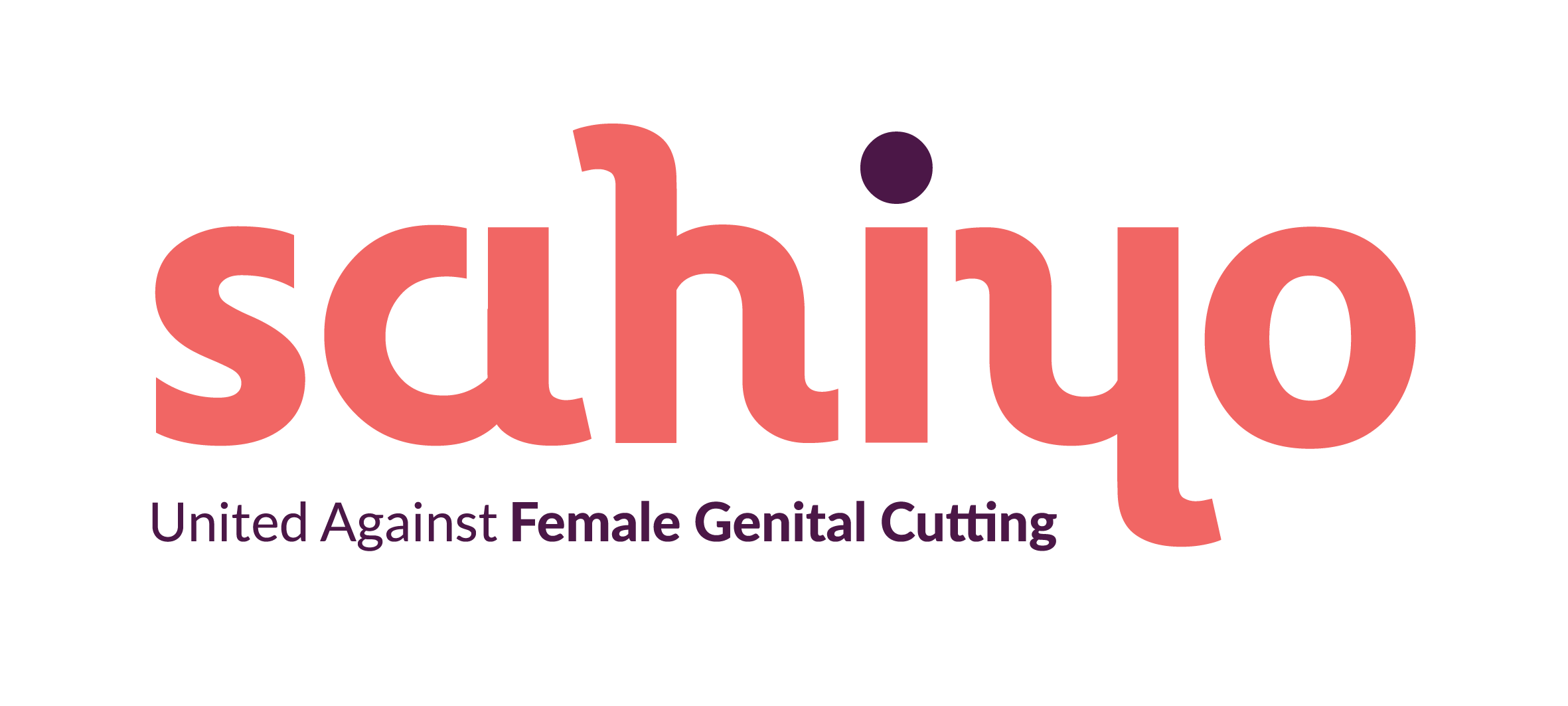Two decades ago, I flipped through Reader’s Digest to distract my mind from schoolwork and the sweltering summer heat of Pakistan. My eyes glanced at the brief excerpt displayed mid-page with a glossy picture of a famous Somalian model, Waris Dirie. She exuded a sense of resilience, and I knew there was a meaningful story behind this woman. I was immersed in the daunting narrative of how she was blindfolded by her own mother to be cut. The pain was physically traumatizing, and she passed out. By the age of thirteen, Waris Dirie was coaxed by her father into the idea of an arranged marriage to an older man. Her dismay toward this proposal culminated into a desire to run away from home.
She eventually found her way to London as a model. She still carried the realization that female genital cutting (FGC) extended beyond physical invasion, and resulted in health complications and deaths for many girls in Somalia. This encouraged her to become an activist, and she has dedicated herself to ending FGC.
As I grew older and gravitated toward research and data collection, I found an article that mentioned FGC being practised in Pakistan. I was determined to gather contemporary data and historical understanding on it. Upon further readings, it became clear that FGC was a secretive practice in Pakistan in the Dawoodi Bohra community.
A collective discernment of these realities pushed me to dig deeper and write a research paper that explored this practice and its socio-sexual effects. Apart from a few newspaper articles about FGC, there was not much information. It happens, but nobody talks about it. People from other communities are usually unaware that khatna is practiced in Pakistan. I was met with reactions of disbelief when I had discussions about it with non-members of the Dawoodi Bohra community.
Sahiyo was one of the few reliable sources that recorded important data regarding FGC practices within the South Asian region (it also included Pakistan). Sahiyo focused on creating a culture of dialogue to uncover this practice; they also recorded numerical data, which could be helpful in tracing the frequency and historical context of FGC. Cutting is discreetly performed in residential spaces and not usually practised in conventional medical environments in Pakistan. Sahiyo surveys revealed this piece of significant information, which I later correlated with my own qualitative data. The interviews I conducted with a few participants in Karachi revealed that most of the young girls were cut at secluded spots inside a home, where some woman is well-versed with the physical practice of genital cutting.
My main point of emphasis is that there is minimal research data on FGC in Pakistan, understandably so, because minority communities feel threatened or shamed for their cultural practices.
Minorities in Pakistan have faced prejudice and threats in the past; hence, the need for cultural sensitivity while addressing FGC is imperative. Moreover, Pakistani society follows a patriarchal mindset, where female genitals or sex are uncomfortable topics to discuss publicly. This makes it challenging to have verbal discourse for the acquisition of qualitative data, because many women feel FGC should remain a secret. The lack of credible statistical data in Pakistan makes it difficult to track the frequency of FGC in contemporary culture. It is important to collect more data on FGC in Pakistan so it can be correlated with the socio-economic conditions, family set-up and religious leanings of young girls and women. Information of this sort could allow for a deeper understanding of bodily autonomy and factors that are more likely to foster a mutual respect for their bodies and its protection.
There is a dire need for dialogue and engagement with the Dawoodi Bohra community from a culturally respectful distance. It is important for their community to feel unharmed and safe because this approach could lead to meaningful qualitative data that could help everyone understand the near permanence of FGC.
Interviews, verbal discourse, and discussions are a gateway to accessing the historical, emotional, and psychological attachment of community members to this physically invasive practice. One of my interview participants expressed that FGC was a way of ensuring that a woman does not stray from her husband (possibly due to decreased sexual desire or libido response), and she did not see it as a harmful act. Keeping in mind such sentiments, it is vital to bridge the insider versus outsider dynamic by listening, recording, and preserving the anonymity of data respondents.
If young girls and women in the Dawoodi Bohra community of Pakistan feel comfortable and secure discussing this topic with outsiders of the community, there will be more possibility of gathering useful data that could be utilized in creating support groups and spaces for those that have experienced physical or psychological strain or trauma due to cutting.
Finding participants for qualitative data collection was a tedious task because very few women were willing to speak about this. Even within one community, there are those that deem FGC as a problematic practice; but there are also those that associate religious and cultural significance with it.
Researchers must take a softer approach that refrains from shaming the community for ancestral practices. The objective should be to safely record community narratives and observe their historical reasoning for FGC, so that long-term solutions can be sought that diplomatically create safe options and spaces for young girls to celebrate the freedom of bodily autonomy.

